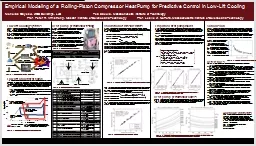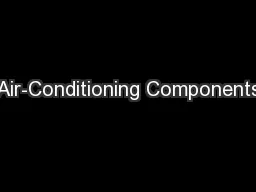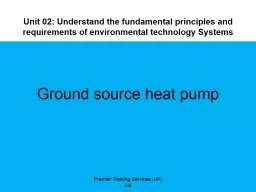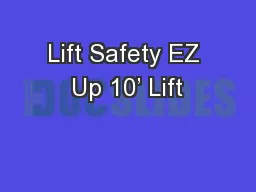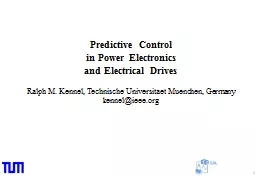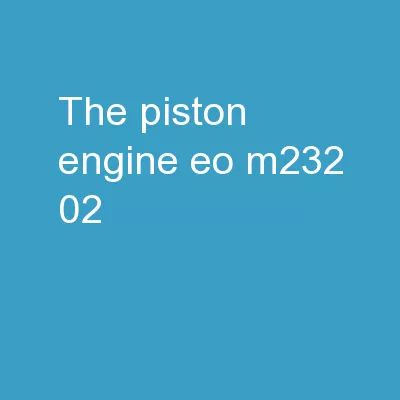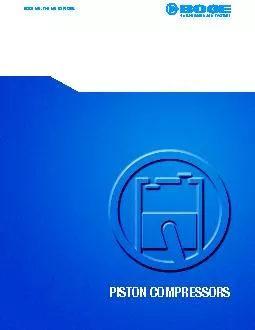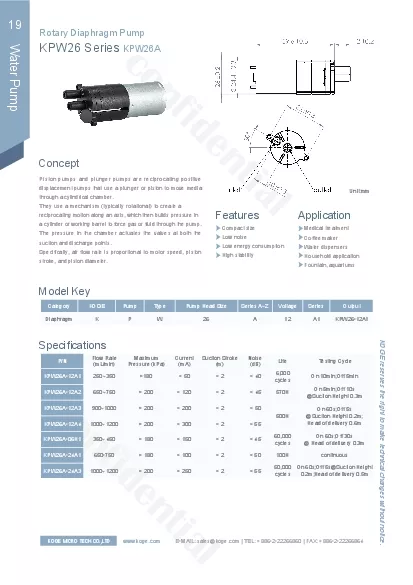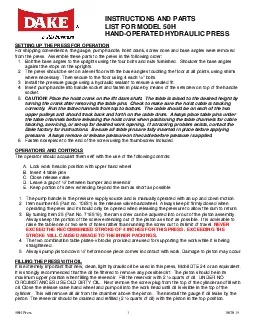PPT-Empirical Modeling of a Rolling-Piston Compressor Heat Pump for Predictive Control in
Author : test | Published Date : 2019-06-23
Nicholas Gayeski KGS Buildings LLC Tea Zakula Massachusetts Institute of Technology Prof Peter R Armstrong Masdar Institute of Science and Technology Prof Leslie
Presentation Embed Code
Download Presentation
Download Presentation The PPT/PDF document "Empirical Modeling of a Rolling-Piston C..." is the property of its rightful owner. Permission is granted to download and print the materials on this website for personal, non-commercial use only, and to display it on your personal computer provided you do not modify the materials and that you retain all copyright notices contained in the materials. By downloading content from our website, you accept the terms of this agreement.
Empirical Modeling of a Rolling-Piston Compressor Heat Pump for Predictive Control in: Transcript
Download Rules Of Document
"Empirical Modeling of a Rolling-Piston Compressor Heat Pump for Predictive Control in"The content belongs to its owner. You may download and print it for personal use, without modification, and keep all copyright notices. By downloading, you agree to these terms.
Related Documents

